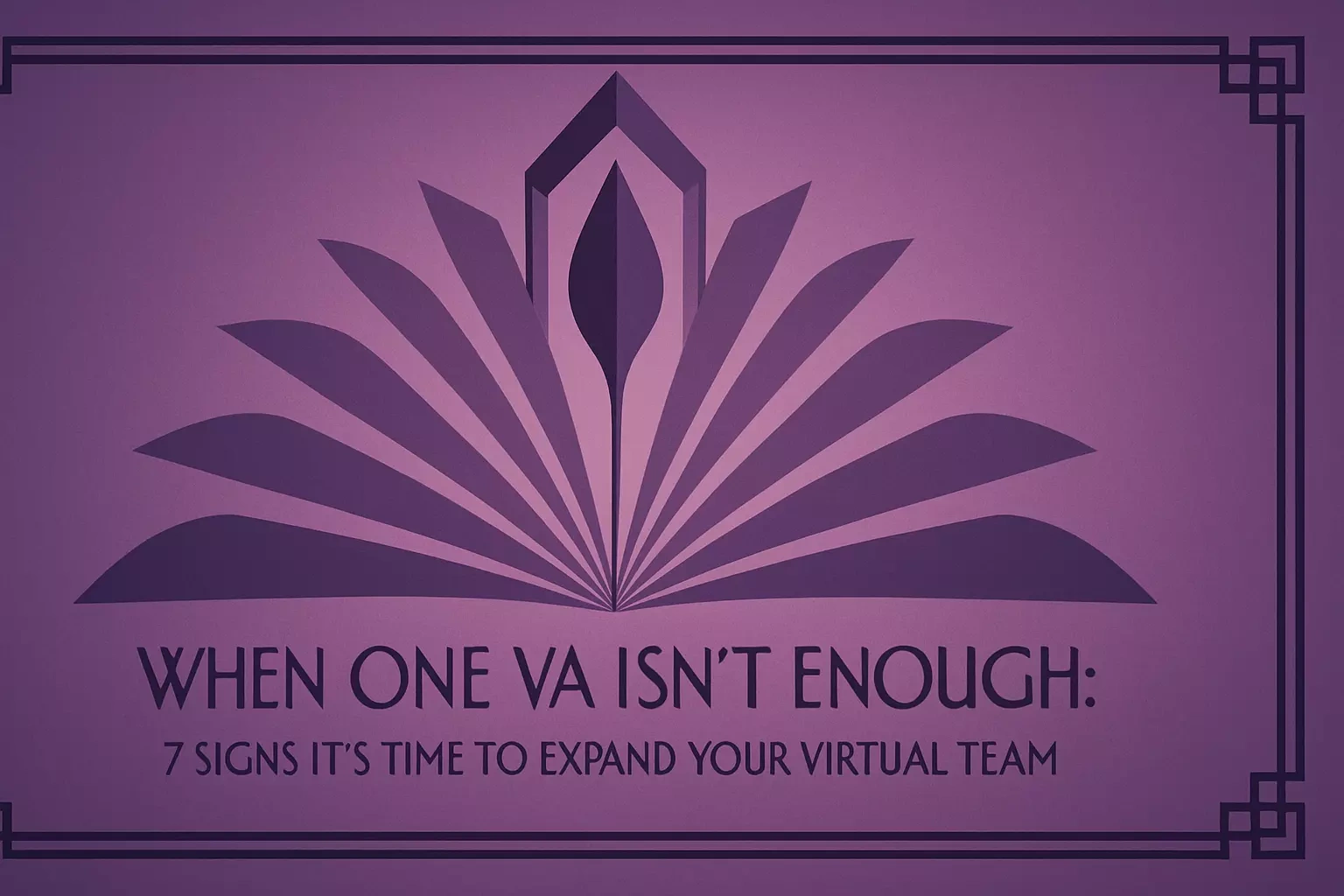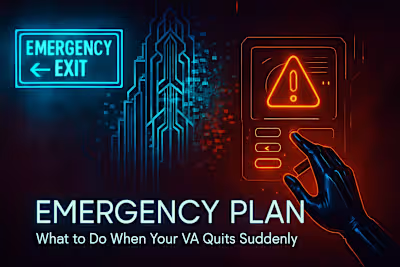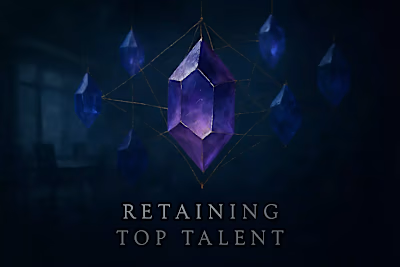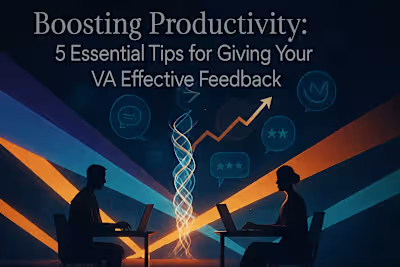When One VA Isn’t Enough: 7 Signs It’s Time to Expand Your Virtual Team

When One VA Isn't Enough: 7 Signs It's Time to Expand Your Virtual Team
Sign 1: Your VA is Overwhelmed and Deadlines are Slipping
Consistent Delays on Routine Tasks
Decline in Work Quality
Sign 2: You're Taking Back Delegated Tasks
The 'I'll Just Do It Myself' Trap
Your To-Do List is Growing Again
Sign 3: Business Growth is Creating New Needs
Increased Customer Inquiries and Support
New Projects are Stalling
Sign 4: You Need Specialized Skills Your Current VA Doesn't Have
Identifying Skill Gaps
The Specialist vs. Generalist Advantage
Sign 5: You're a Bottleneck to Your Own Business
Your Inbox is Out of Control (Again)
Projects Halt While Waiting for Your Input
Sign 6: You Want to Improve Redundancy and Workflow
Creating a Backup System
Enabling 24/7 Operations
Sign 7: You Have the Financial Resources to Reinvest
Analyzing Your Budget
Viewing it as an Investment, Not an Expense
Making the Decision
References
When One VA Isn't Enough: 7 Signs It's Time to Expand Your Virtual Team
Sign 1: Your VA is Overwhelmed and Deadlines are Slipping
Consistent Delays on Routine Tasks
Decline in Work Quality
Sign 2: You're Taking Back Delegated Tasks
The 'I'll Just Do It Myself' Trap
Your To-Do List is Growing Again
Sign 3: Business Growth is Creating New Needs
Increased Customer Inquiries and Support
New Projects are Stalling
Sign 4: You Need Specialized Skills Your Current VA Doesn't Have
Identifying Skill Gaps
The Specialist vs. Generalist Advantage
Sign 5: You're a Bottleneck to Your Own Business
Your Inbox is Out of Control (Again)
Projects Halt While Waiting for Your Input
Sign 6: You Want to Improve Redundancy and Workflow
Creating a Backup System
Enabling 24/7 Operations
Sign 7: You Have the Financial Resources to Reinvest
Analyzing Your Budget
Viewing it as an Investment, Not an Expense
Making the Decision
References
Posted Jun 30, 2025
Is your business outgrowing your virtual assistant? Learn the 7 key signs that indicate it's time to expand your virtual team for sustained growth and efficiency.










